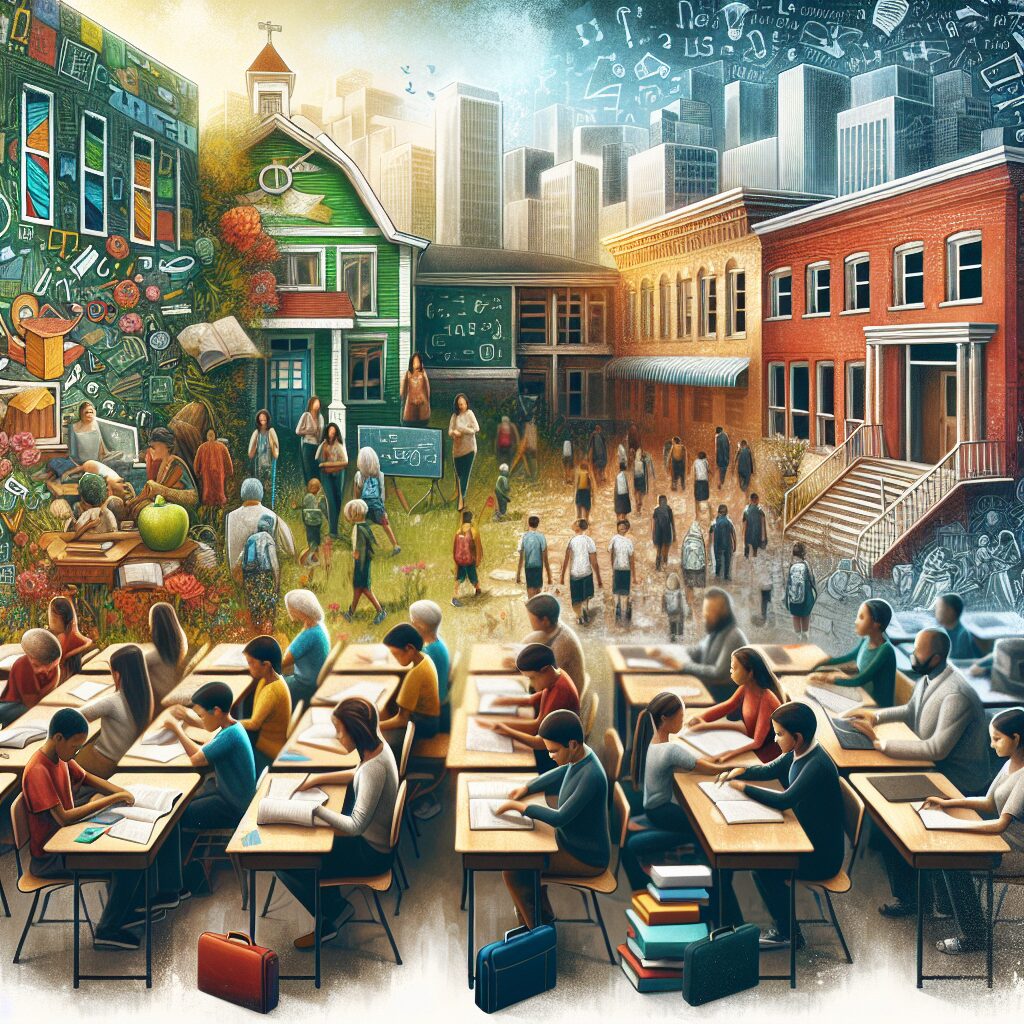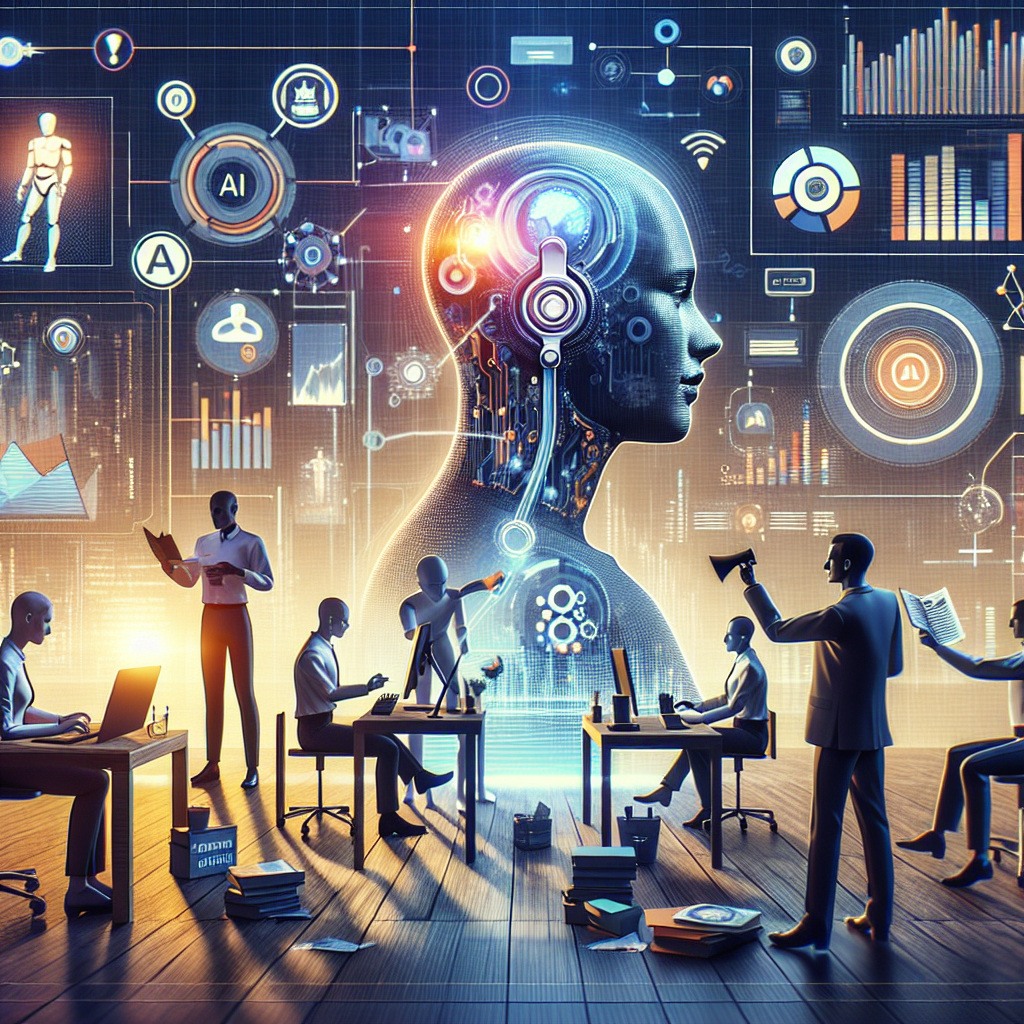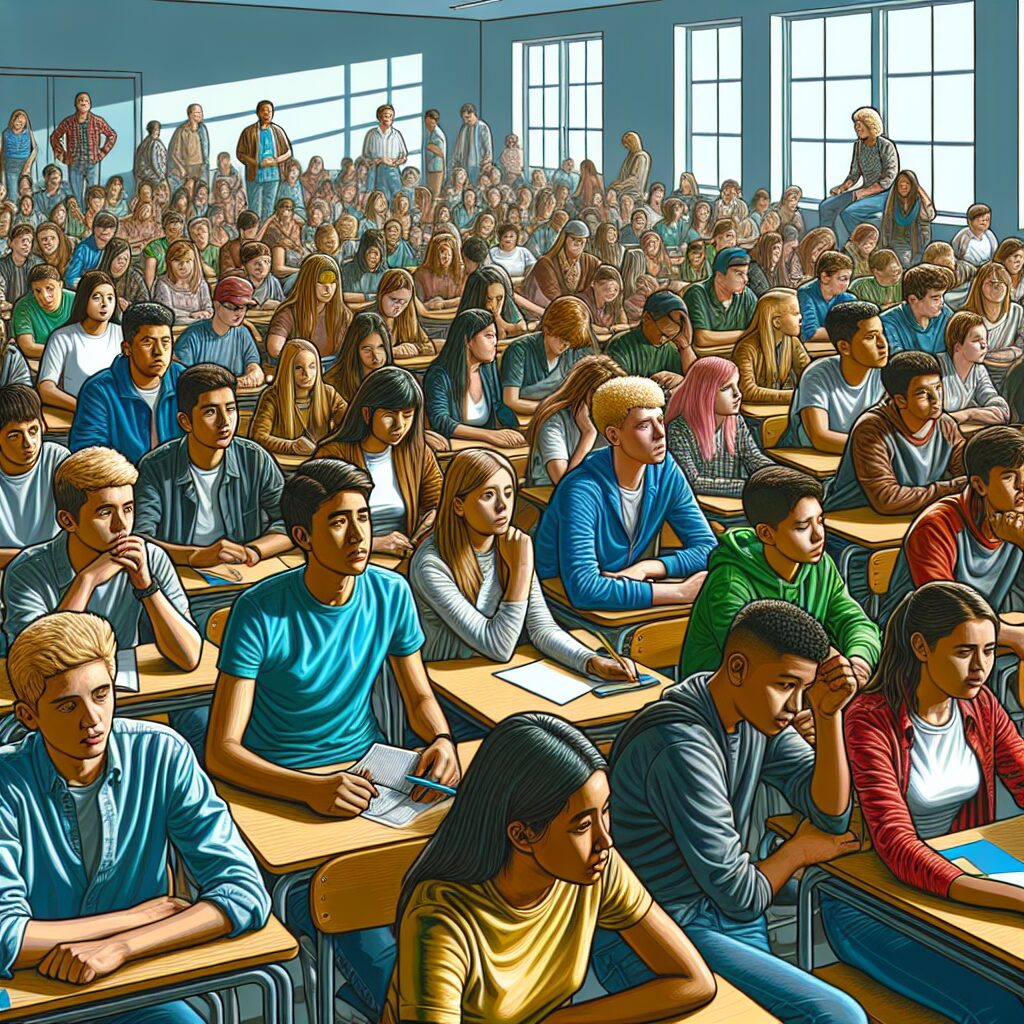
Embracing the Future: Rethinking Instructional Design in the Age of AI

Are We Truly Ready for the Future of Instructional Design?
As we sip our coffee, I can’t help but wonder: are we truly prepared for the future of instructional design? With the rapid advancement of AI, it feels as though we’re standing on the brink of something monumental. It’s time to engage in a serious conversation about evolution in our field. If we fail to adapt, we may find ourselves watching from the sidelines as what we know is transformed.
The Changing Landscape of Instructional Design
In recent years, technology has seeped into every corner of our lives, especially in education. Those of us in the realm of instructional design must keep our eyes on the future. The good news is that AI isn’t here to replace us. Instead, it presents an opportunity to enhance our work. At City Skills, we’ve observed the magic that happens when human creativity meets AI capability. This blend can lead to richer learning experiences, something we should all be striving for.
So, what does this mean for us?
We need to start by embracing collaboration. The fusion of human insight and AI can unlock new avenues for innovation. It’s not just about layering technology on top of existing methods; it’s about rethinking how we approach problems. Imagine the possibilities if we genuinely harness AI’s potential rather than viewing it as an adversary.
Focusing on the Learner
Have you ever had a moment that changed your perspective? I remember sitting with a group of learners and watching how their eyes lit up when technology catered to their individual needs. It was a realisation that learning isn’t one-size-fits-all. It’s imperative that we focus on the learner.
Understanding how AI can personalise learning experiences is vital. Imagine tailoring content so it speaks directly to each learner, ensuring they remain engaged and motivated. That’s what excites me the most about the future of instructional design. We’re no longer limited to generic approaches; we can deliver specific, meaningful content that resonates.
Staying Agile in a Changing World
Now, let’s talk about agility. The landscape is shifting, and with it, so must our strategies. We can’t afford to stick to rigid plans that may become obsolete in a few months. Instead, we should cultivate a mindset of flexibility. By remaining open to change, we can adapt our instructional designs to reflect new developments, whether that’s emerging technology or shifting learner needs.
It’s essential to remember that change may come with challenges, but with adaptation comes growth.
What do you think? How do you perceive the relationship between human designers and AI in your own work? Are you ready to take the leap?
Conclusion: The Future Awaits
The future of instructional design is brimming with potential. By embracing collaboration, focusing on the learner, and remaining agile, we can steer ourselves into a realm where education meets innovation.
As we move forward, let’s stay curious and open-minded. The possibilities are endless, and I’m excited to see where we go from here.
So, I’ll leave you with this: How will you ensure that you’re a leader in the evolving world of instructional design? Are you ready to embrace the journey ahead?
#CitySkills #InstructionalDesign #AIinEducation





